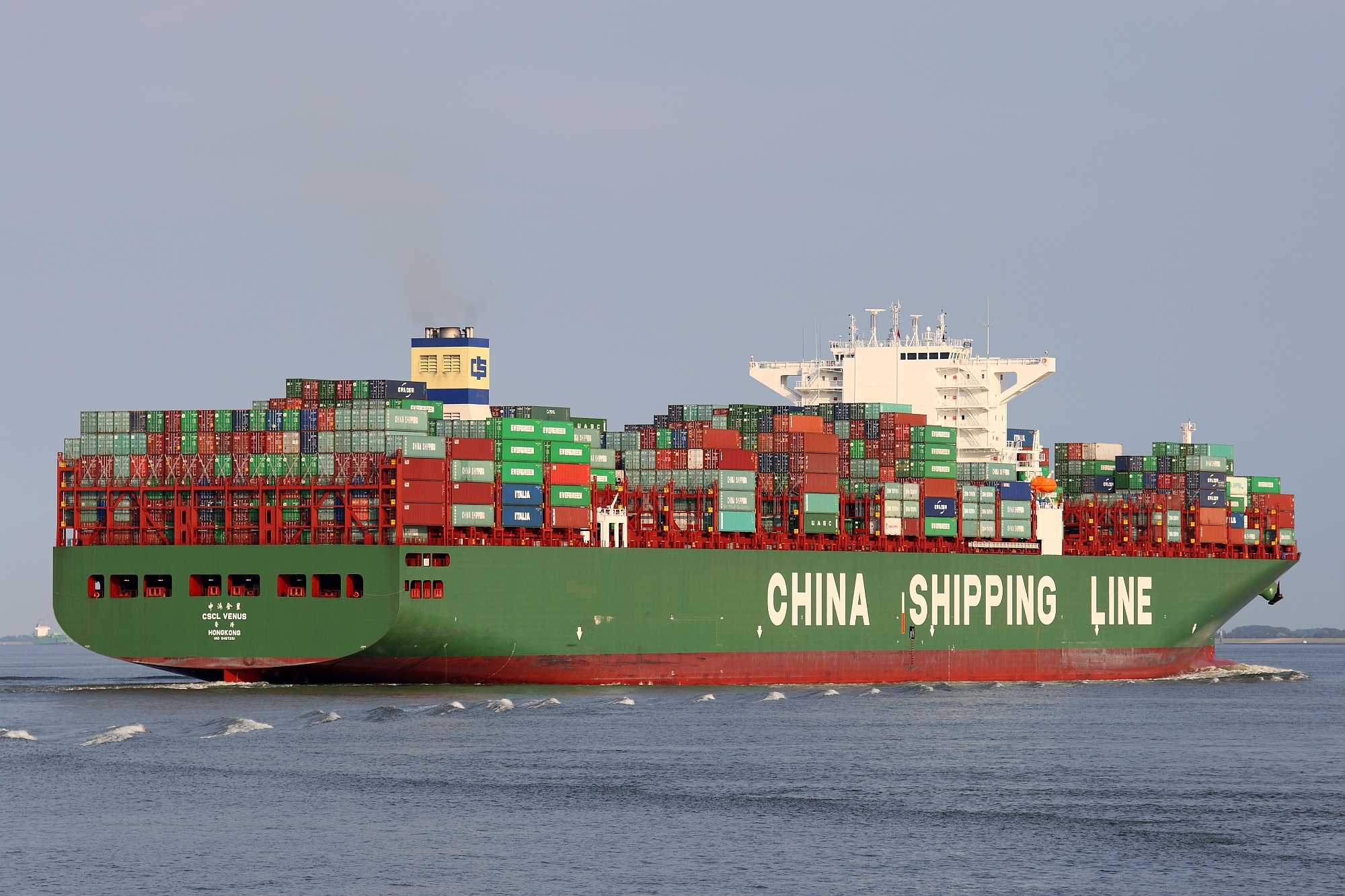
The European Parliament’s International Trade Committee’s February 28, 2017, hearing highlighted “polarized opinions and the risk of continued uncertainty for fastener companies” on imports from China, Fastener+Fixing editor Phil Matten reported.
“The INTA hearing shed little direct light on the trade defense situation for fasteners,” Matten found. “It did highlight significant issues from the wider debate over trade defense and the status of China, that could well extend the current period of uncertainty over antidumping measures on fasteners.”
Currently the EU has no antidumping measures on fastener imports. In February 2016, the EU repealed antidumping duties of up to 74.1% on carbon steel fasteners originating in China after four consecutive EU ‘defeats’ at the WTO Dispute Settlement Body.
 Within months the EU required import licensing on carbon steel fasteners from outside the EU. This safeguarding mechanism also applied to a range of steel products, requiring importers to obtain an advance license for consignments of more than 2.5 tons of bolts, screws and nuts falling within 14 CN import codes.
Within months the EU required import licensing on carbon steel fasteners from outside the EU. This safeguarding mechanism also applied to a range of steel products, requiring importers to obtain an advance license for consignments of more than 2.5 tons of bolts, screws and nuts falling within 14 CN import codes.
The goal was faster assessment of trade changes due to removal of the antidumping duties.
“Depending on which EU state the importer brings goods into, import licensing has proven more or less onerous,” Matten explained.
In the UK and Netherlands, both operating electronic application systems, it is not difficult. Other countries, including the major importing countries of Germany and Italy, “have manual licensing systems have made it challenging for the importer and for license administrators not used to the volume and diversity of consignments fasteners present.”
The EU is talking to member states about increasing the threshold to five tons per CN to reduce the burdens.
“It is by no means certain, however, that it will get the necessary support from member states,” Matten added.
There are no indications how much data the Commission will need to collect before deciding whether to trigger a new antidumping investigation on China or other countries.
“The licensing data is not published, but it is evident from public domain import statistics that EU fastener imports from China are ramping up, particularly on lower grade products, where the cost differential against other countries is greatest,” Matten explained. “Importers appear more cautious about switching imports of high tensile products, aware of the potential for a new investigation and cautious about damaging relationships they may well need again.”
There also is uncertainty for fastener manufacturers and importers on wider issues such as EU trade defense methodology.
“The INTA hearing demonstrated industry bodies remain polarized,” Matten finds. “On one hand, advocacy for tighter and tougher trade defence measures to protect Union producers from unfairly supported foreign manufacturing. On the other, reminders of the significance of imports to EU industry and the need for importer to have transparency in order to serve EU economies effectively.”
There will be a March 21 ‘trilogue’ of the European Parliament, with the Commission and Council trying to reach an agreement on the modernization of the EU’s trade defense instruments.
“These closed-door sessions have just as often ended in stalemate as consensus in the past,” Matten observed.
“This one may give answers on whether the EU will scrap or modify its ‘lesser duty rule’, which caps duties and means they are invariably much lower than those imposed by the United States. It may also agree on shorter investigation periods, giving importers some notice of impending duties, and further empowering the European Commission to initiate investigations without waiting from a complaint from industry.”
The more difficult issues relate to whether anti dumping methodology designed for market economies should now apply to China. In December the European Commission proposed new methodology, which would allow it to go on making cost comparisons in other economies where it determines a particular exporting sector, including amongst WTO members, is subject to significant governmental distortion, Matten explained.
“China immediately dismissed the proposal as same old game, different wrapper and requested WTO consultations, the first step in triggering the dispute settlement process, in relation to both EU and U.S. trade defense methodology,” Matten said.
With existing methodology subject to WTO scrutiny, the European Commission “is keen to win rapid agreement for the new plan. However, there is clear strong and opposite opinion amongst parliamentarians that the EU should wait for the outcome of the WTO dispute settlement process, which could well take two years to reach a final determination,” Matten said.
“The Commission’s plan always looked ambitious in trying to square the circle of retaining Chinese goodwill while satisfying member states and industry bodies determined that market economy status should not be granted in any shape or form,” Matten concluded.

Share: